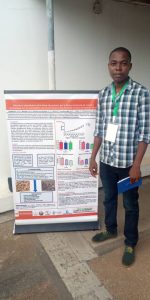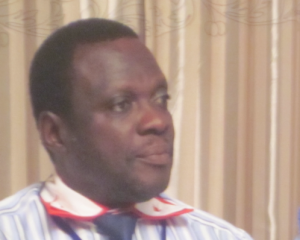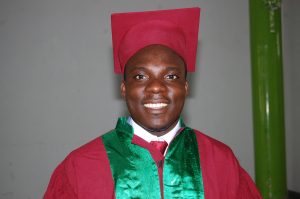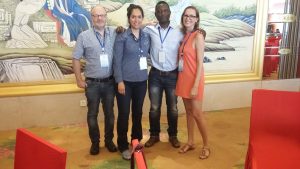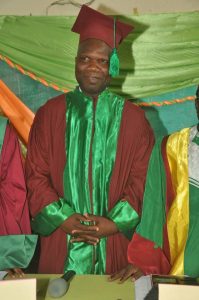The project partners CABI and ARI took the opportunity of a stakeholder field visit to ARI on the use of fly larvae as animal feed to produce a video on the work done by the IFWA project. The video was made with support from the SAIRLA programme (Sustainable Agricultural Intensification Research and Learning in Africa).

